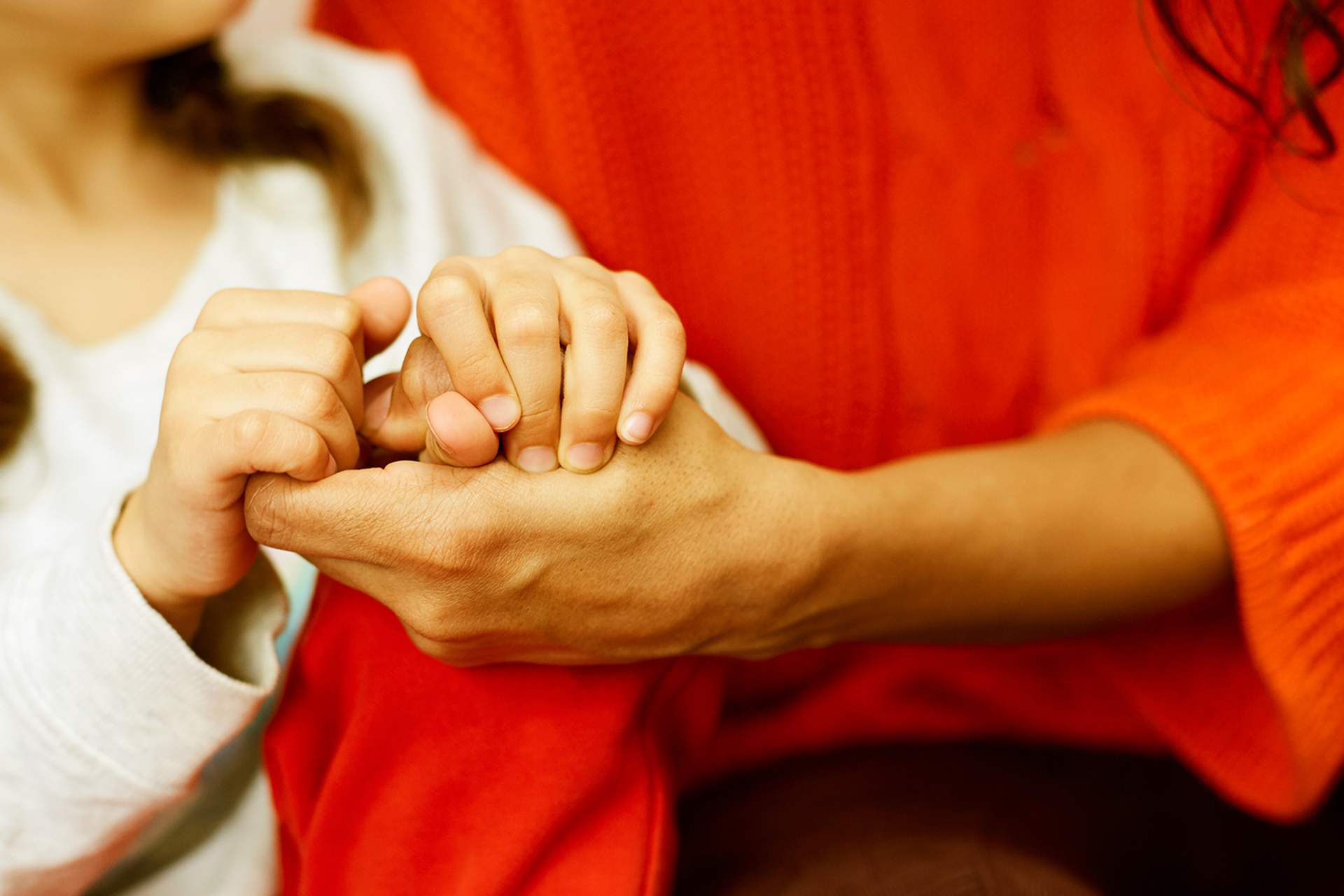
- For:
- Community support,
- Youth workers
Information and advice on anger and aggression, as well as tips on how to help young people express their anger in a safe way.
Anger is a natural human emotion that we all feel, but it can become a problem when it leads to unhelpful or destructive behaviour. Children and young people in particular might struggle with anger during adolescence when emotions are felt more strongly.
We all feel anger, and anger itself isn’t bad. In fact, anger is a useful emotion which helps us identify and address unfairness and injustice in how we feel and in the world around us. It crops up when we perceive something to be in violation of our own, or others’ wellbeing.
Anger is sometimes called a secondary emotion, because it can be used to mask other feelings of shame, fear, anxiety or hurt. Anger is also a common response to feeling out of control.
We need to help young people understand why they’re feeling angry and how to express their anger safely, in a way that doesn’t cause harm to themselves, others, their relationships or their mental health.
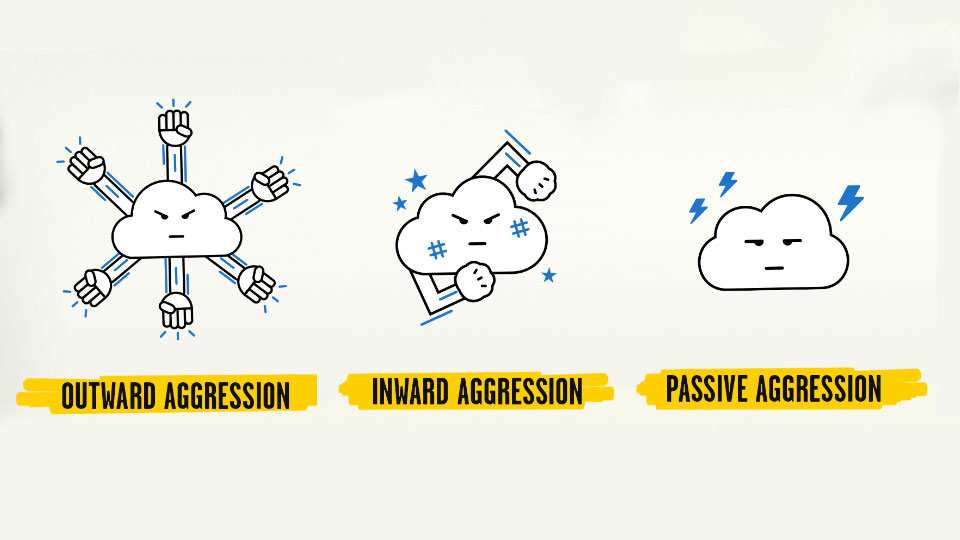
Three animated clouds are next to each other; the first cloud has lots of punching fists coming out if it with the words underneath highlighted in yellow 'outward aggression'. The second cloud has marks on its cheeks, aiming punches towards itself with the words highlighted in yellow underneath 'inward aggression'. The third cloud looks fed up and has thunderbolts around it, the words underneath highlighted in yellow read 'passive aggression'.
It can be easy to assume anger and aggression are the same, but they're not. Anger is a helpful emotion, but when it’s suppressed because someone isn’t able to express their anger, it can emerge as aggression. Aggression can be a response to a real or perceived threat. It can also be a trauma response.
Take a look at some types of aggression below.
This can look like expressing anger towards other people, animals or things; or shouting, violence and intimidation. After being angry, a young person may admit their behaviour is frightening or worrying them, as well as those around them.
This is when we direct anger towards ourselves, and includes negative self-talk such as saying that we hate ourselves, that we're useless, that we don't deserve things. This can look like punishing ourselves, by shutting ourselves off from the world, denying ourselves things that make us happy, or self-harming.
This is a covert way to express anger and comes in many forms. This can be through giving back-handed compliments, sulking, or completing the ‘specifics’ of a task but purposefully doing so poorly or inefficiently. It can also be choosing to ignore people and refusing to speak to them or being sarcastic or mean and then saying the comment was just a joke.
This can help you remain calm and present for a young person.
Being faced with anger can feel difficult and uncomfortable. You may fear making things worse, or that the anger will tip over into aggression. Here are some helpful questions to ask yourself in the moment:
These questions might also help you in responding to the young person and help you remain calm, present and validate their experience. Try to keep your body language open and give the young person your time to help them express their anger safely.
Helping a young person to communicate.
Approach the young person, or invite them out of the situation, to have a chat with you.
Offer to guide the young person through some deep breaths or to take some deep breaths with you to help them calm down and find the words to explain what is happening.
When they’re calm, talk about it. Focus on listening.
If they cannot or don’t wish to express themselves verbally, consider asking how they would find it easiest to communicate – for example, drawing, writing or playing. Tell them you’ve noticed they’re getting frustrated and ask them what is going on. If you’ve had to ask them to leave the session, it’s important to re-establish the connection to work out how to move forward.
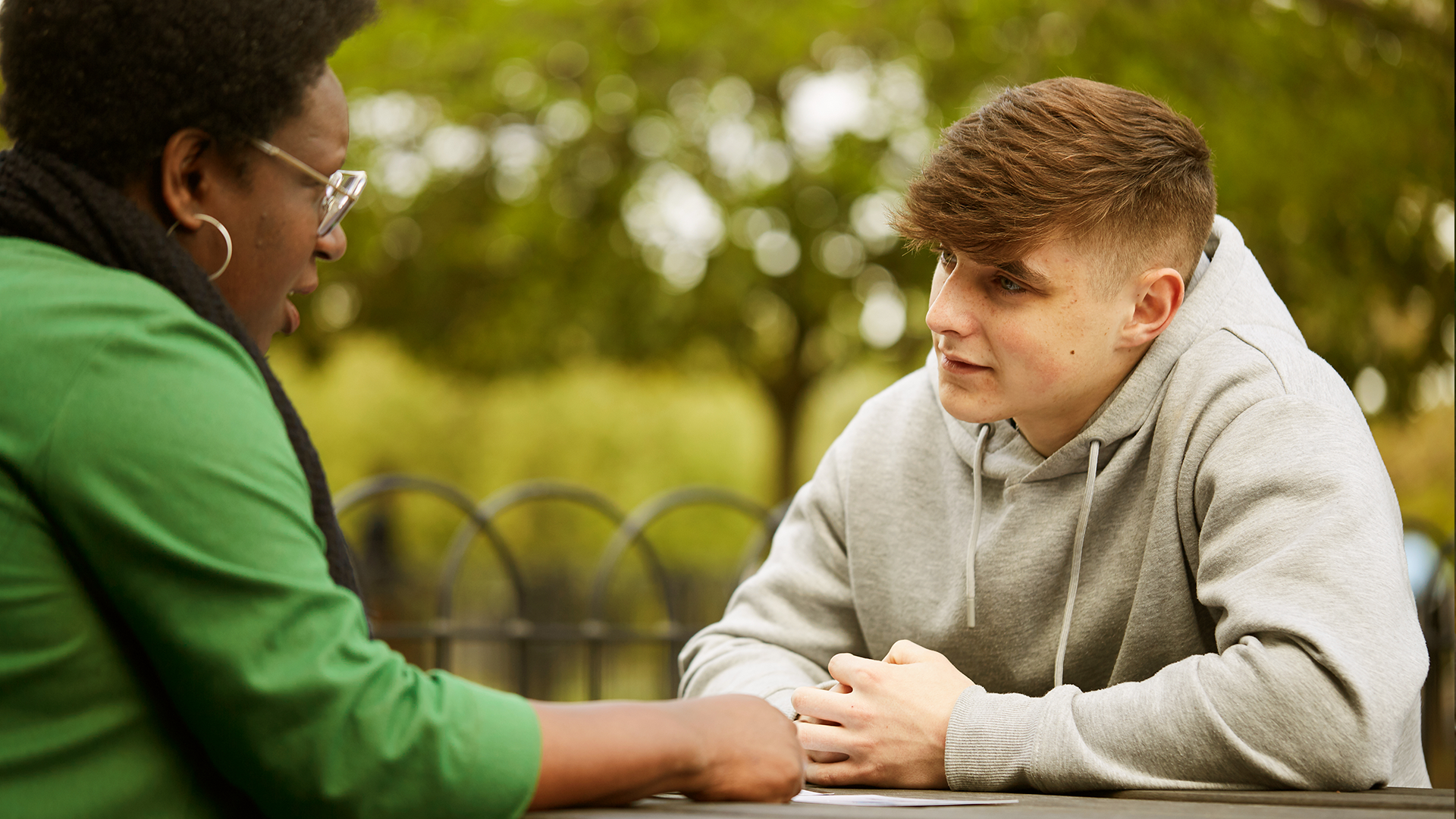
Set and keep clear boundaries. If someone’s anger becomes overwhelming for them and they are unable to manage their feelings of anger safely, set boundaries with clear consequences and keep to them. This helps them understand how to control their anger in a healthy way.
For example, you could have a yellow card/red card system for your group, similar to what you have at a sports match, with yellow-card behaviour resulting in sitting out of an activity for a few minutes and red-card behaviour resulting in someone needed to leave the session.
We can all feel overwhelmed by anger sometimes. If this is the case for a young person you're working with, try to continue to talk to them about their feelings and how you can support them.
We should not expect someone to be perfect, as we all make mistakes.
Anger doesn’t necessarily lead to violence. However, keep safety in mind and if they lash out at you, someone or something else, always put safety first. Know your organisation’s process for resolving conflict and who you can turn to for support.
Let them know the violence is unacceptable and they need to leave the session, or arrange a parent/guardian to collect them.
Try to identify triggers for the young person's anger using these questions:
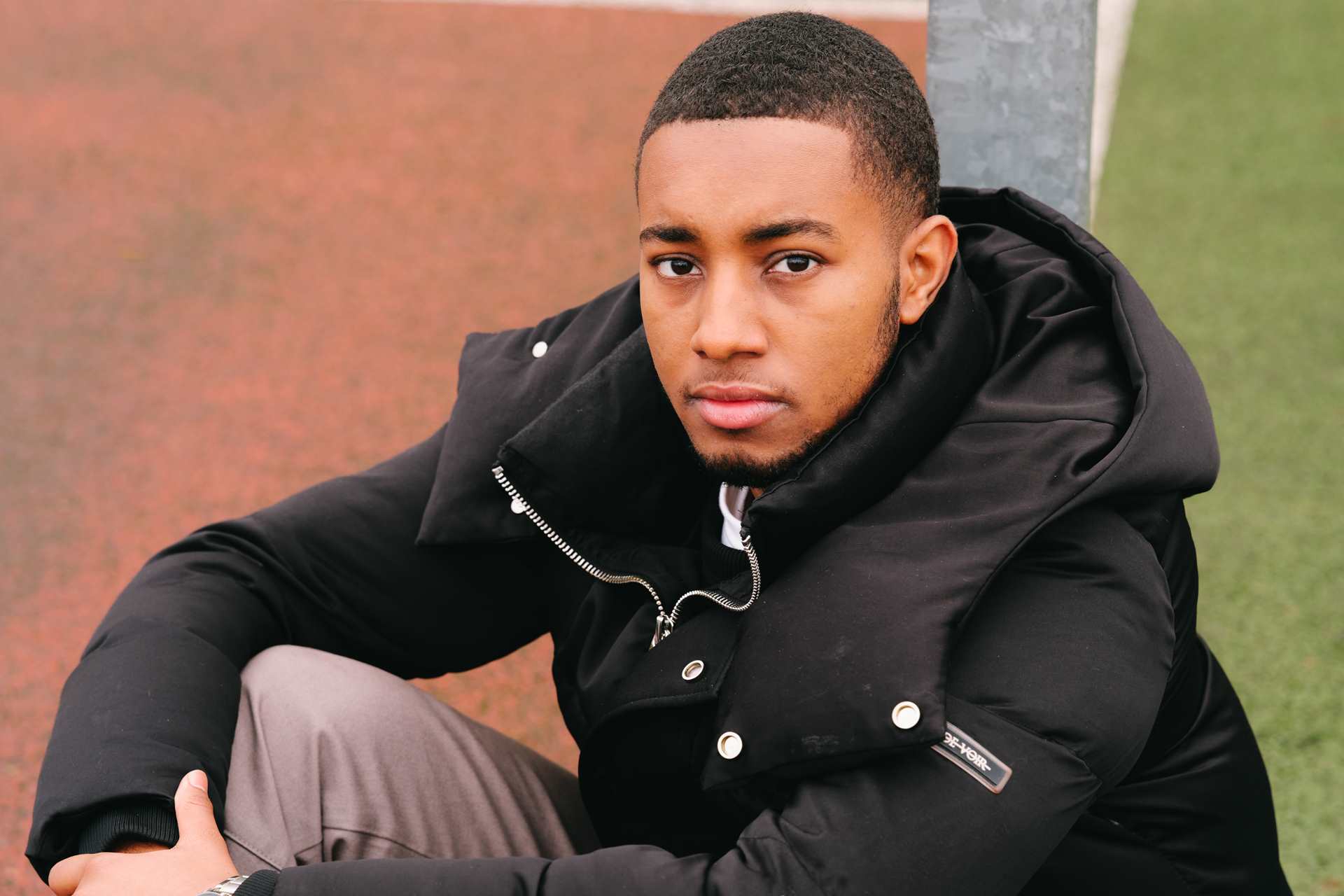
See our advice for young people on understanding and managing anger.

This resource can help you to support a young person who's feeling angry.
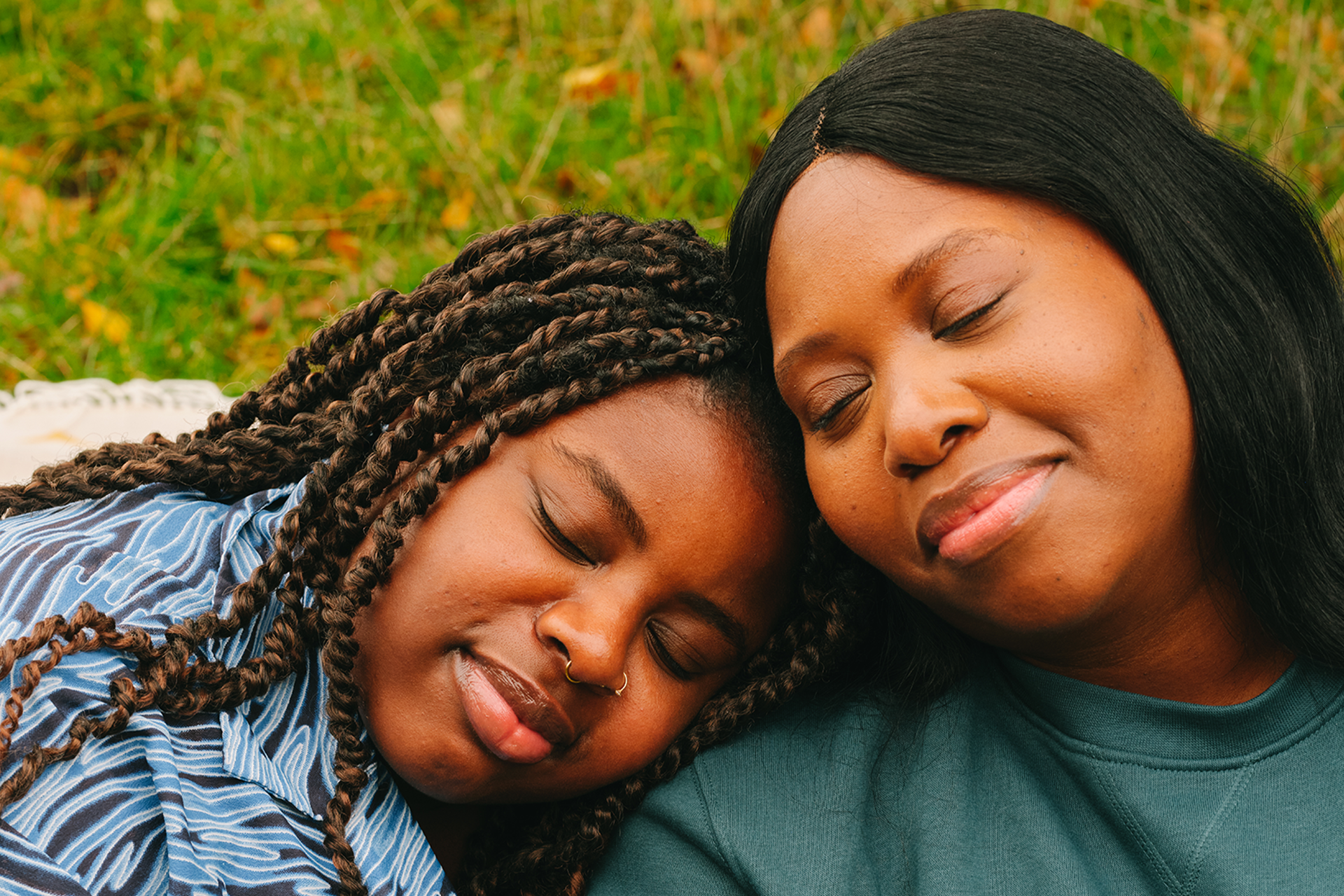
Mindfulness activities to help young people when they are struggling with how they are feeling.
Many young people feel a sense of shame after a violent outburst. Once they have calmed down you may wish to talk about what happened and explore how you might be able to find them some help.
When you’re speaking to them about their anger, create an action plan together. Pick a time when they are calm to have this conversation, and include a parent or carer if possible. This might mean the young person having a break from the group for a number of sessions, or attending only part of the session.
If the young person recognises their anger is a problem and is willing to get help, work with them to consider how they could approach school/college, as they may be able to offer counselling. Alternatively, encourage them to visit their GP to see what help is available. Our guide to supporting a young person to get help provides the steps you can take to help a young person get the support they need.
Reassure the young person that they can learn to understand and find ways to manage their anger, and there is help available. It will be a journey, but it can get better.
Have a calming nook somewhere in the space, such as a big comfy chair, or any space a young person can choose to retreat to when they recognise they’re starting to feel angry. It could contain a self-soothe box, or other activities for self-regulation.
Listen to your young people and help them listen to each other. Frustration grows out of miscommunication, especially in a big group.
Don’t be afraid to talk to a young person about their anger in a calm moment. This might be the first time they’ve been able to talk about it and know there is support and they can learn to manage it.
Anyone committed to young people can hold space for challenging emotions and make that a safe place for them to express emotions without harm. Anger is to be met with compassion and gentleness. For practitioners they must raise their own awareness of how these emotions affect their responses and their own expectations of behaviour.
You’re going to come across young people expressing their emotions in ways you don’t agree with. These are the times to dial up your empathy and curiosity, so if something is not going ‘right’ then they need someone to come alongside them, not tell them off for a certain behaviour.
You can share these helplines with the young person you are supporting if they are struggling to open up.
If you’re under 19 you can confidentially call, chat online or email about any problem big or small.
Sign up for a free Childline locker (real name or email address not needed) to use their free 1-2-1 counsellor chat and email support service.
Can provide a BSL interpreter if you are deaf or hearing-impaired.
Hosts online message boards where you can share your experiences, have fun and get support from other young people in similar situations.
Whatever you're going through, you can contact the Samaritans for support. N.B. This is a listening service and does not offer advice or intervention.
Formerly known as MeeToo. A free app for teenagers (11+) providing resources and a fully-moderated community where you can share your problems, get support and help other people too.
Can be downloaded from Google Play or App Store.
Provides information about local counselling and advice services for young people aged 11-25.
Put in your location and what you need help with into their 'Find help' search, and see what services are available in your area.
Whether you love the page or think something is missing, we appreciate your feedback. It all helps us to support more young people with their mental health.
Please be aware that this form isn’t a mental health support service. If you or a young person you work with is in crisis right now and wants to talk to someone urgently, find out who to contact on our urgent help page.
At YoungMinds we take your privacy seriously. If you’d like to read more about how we keep the information we collect safe, take a look at our privacy policy.